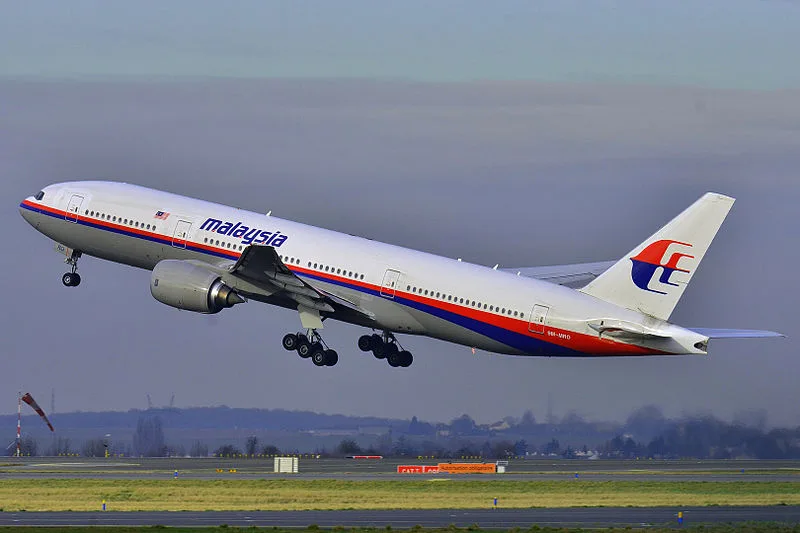On March 8, 2014, Malaysia Airlines Flight MH370 took off from Kuala Lumpur, bound for Beijing, and vanished into thin air. The Boeing 777-200ER disappeared from radar just 38 minutes after takeoff, carrying 227 passengers and 12 crew members. The plane, last detected deviating from its flight path over the South China Sea, remains one of aviation’s biggest unsolved mysteries.
Despite exhaustive search efforts spanning several years and millions of dollars, the wreckage of MH370 has never been fully recovered. Initial searches were focused on the South China Sea and the Andaman Sea. However, satellite data analysis later indicated that the flight veered southward over the Indian Ocean, prompting a massive search of the region, but to no avail. Debris believed to be from MH370 washed ashore in the western Indian Ocean in 2015 and 2016, offering the only concrete evidence of the plane’s fate.
Various theories about MH370’s disappearance have emerged. Some investigators suggest a hypoxia event, while others propose hijacking, mechanical failure, or even pilot involvement. However, the Malaysian Ministry of Transport’s final report in 2018 was inconclusive, leaving critical questions unanswered.
The disappearance of Flight MH370 has led to significant changes in aviation safety. New regulations require extended battery life for underwater locator beacons and improved aircraft position tracking over oceans. Flight data recorders and cockpit voice recorders now have longer recording times to better capture critical events.
Even a decade later, MH370’s disappearance haunts the aviation world, with amateur sleuths and experts continuing their quest to solve the riddle. Until the aircraft is found, the fate of MH370 and its passengers will remain one of aviation’s most enduring and tragic enigmas. This mystery continues to resonate, highlighting the need for advancements in flight tracking and aviation safety.




